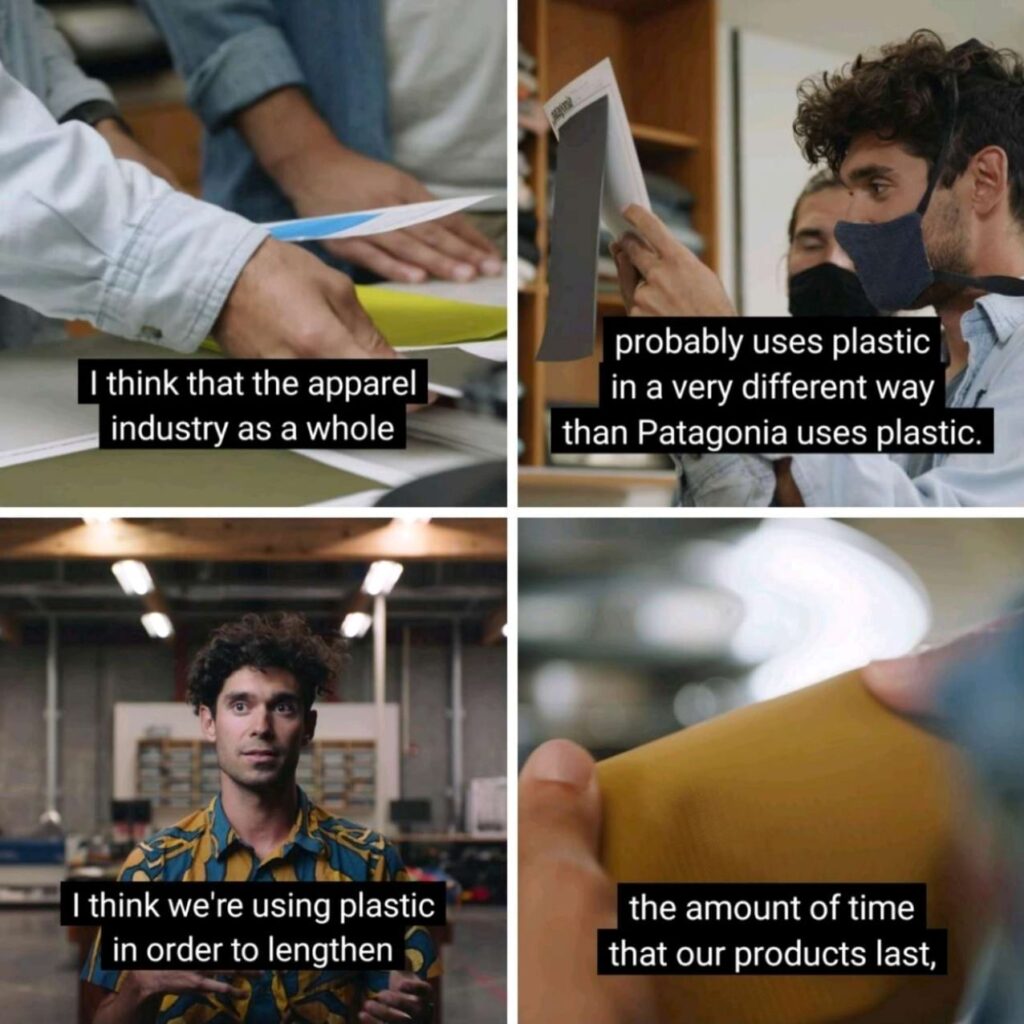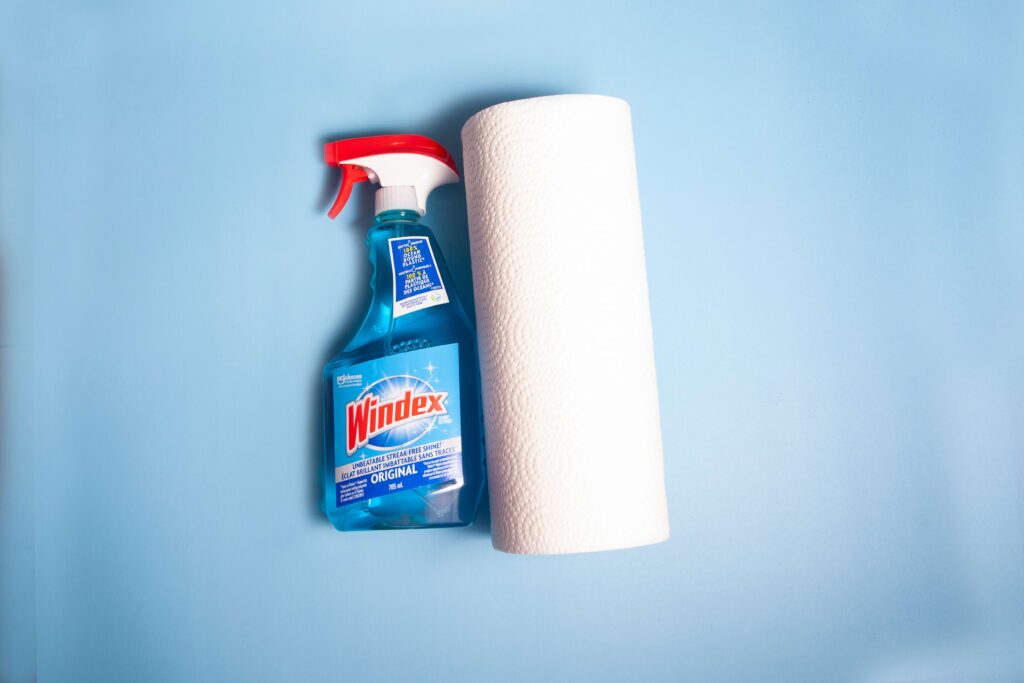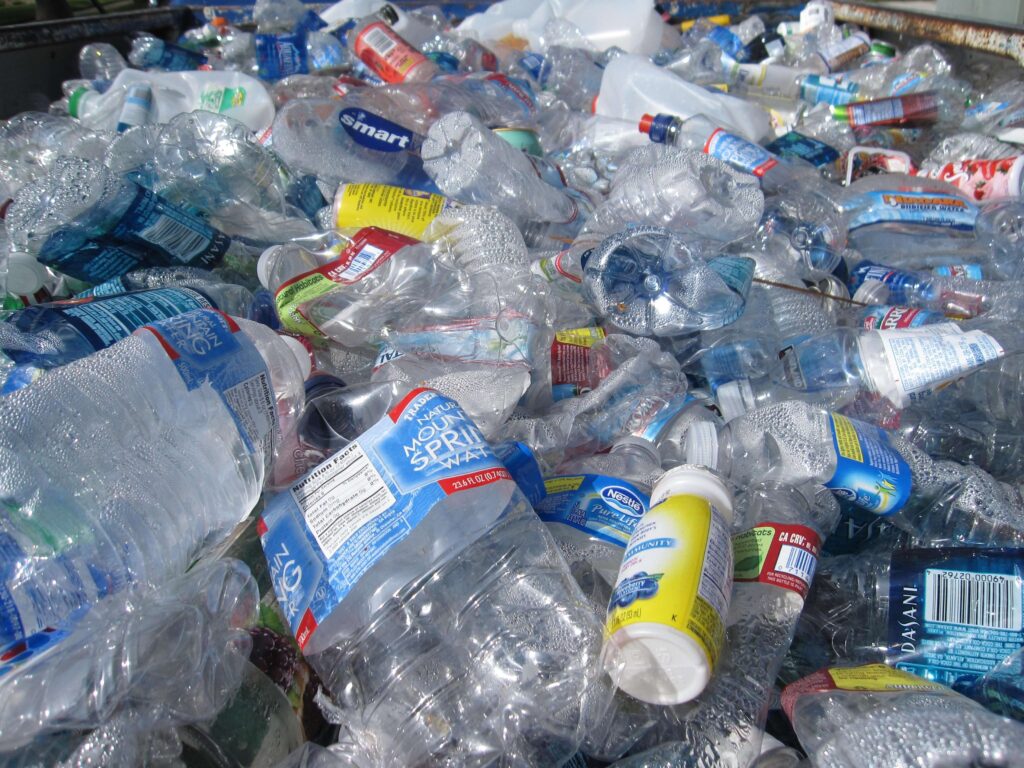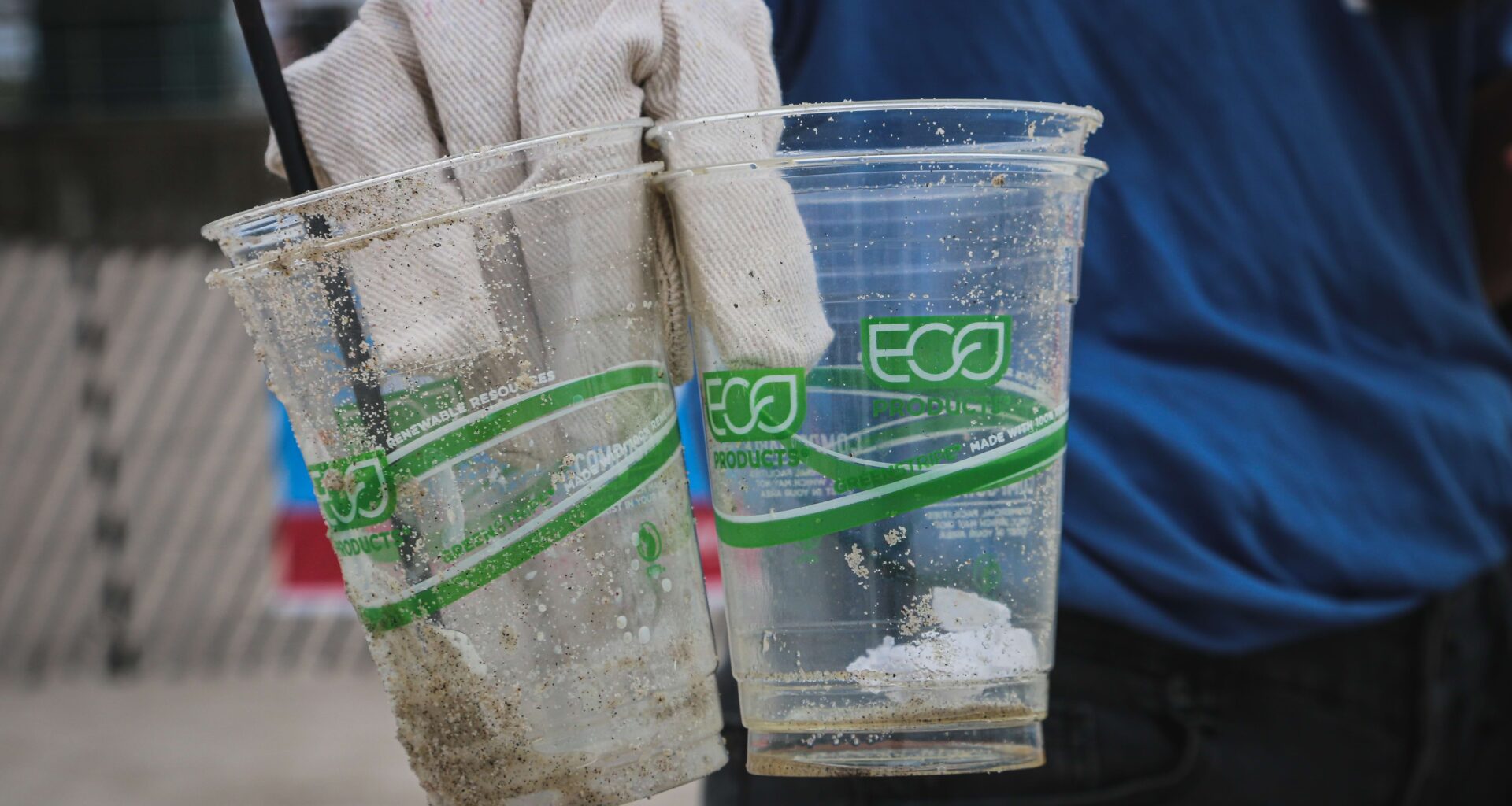And what do these have to do with sustainable packaging? Well, everything. Packaging is part of your business, whether it’s sustainable or not.
First, a note on the term “sustainable”:
Sustainable is a weird word that has come to mean better for the environment, but that doesn’t really make a whole heck of a lot of sense. Using Google’s definition from Oxford Languages, sustainable means “able to be maintained at a certain rate or level.” Well if the way we’re doing business right now is to be maintained, then we’ll blow right through the Paris Agreement of 1.5 degrees Celsius and welcome in a new era of extreme temperatures, biodiversity loss, rising sea levels, climate refugees, and water and food scarcity. So clearly that’s not sustainable, what we’re doing now. And yet sustainable is the word we’re going with for the time being, until we get to being truly circular. But circular is only reserved for those who’ve earned it.
Anyway, greenwashing, greenhushing, and sustainable packaging. Let’s get into it.
Greenwashing
Greenwashing is intentionally or unintentionally misleading customers on the positive environmental impacts of a product or service. That’s it.
There are 7 sins of greenwashing that are generally agreed upon. These are:
- Hidden Trade-off
- No Proof
- Vagueness
- False Labels
- Irrelevance
- Lesser of Two Evils
- Fibbing
Greenwashing Examples
Essentially, a company saying it uses 100% recycled plastic is fine. Lying about it isn’t. Saying it’s better for the environment is greenwashing, because at the end of the day, it’s still plastic—solid oil with embodied carbon—that can leach toxic chemicals and shed microplastics.
A company saying it switched from plastic to paper is good. Neglecting to say that their paper now comes from old-growth logging in British Columbia isn’t good.
Using the term “clean diesel,” as Audi did many years ago, is greenwashing. Patagonia claiming the plastic they use is better because they’re Patagonia is greenwashing (and yes, that really did happen). And even the phrase “natural gas” is greenwashing, because not only is it mainly just methane, but look at the process for extracting it. Anyone want to drink some of that fracking water? It’s “natural.”

There’s also Nike, which was sued in May 2023 in Missouri for “deceptive and misleading” statements about its claims of sustainable and environmentally friendly materials. There’s the idea of a carbon footprint, which was created by BP to shift the burden of responsibility onto consumers. And then there’s carbon offsetting, something that many Fortune 500 companies have used. While offsetting can be effective, it most often just isn’t.
It should be noted that, excluding some of the above examples, most greenwashing is unintentional. Companies want to say they’re doing good work, that they’re having a positive impact on the environment. They could have been misled by label issuers, or they might not understand the full grasp of their actions. In very few cases does it seem that greenwashers understand that they’re misleading people.

A good example of greenwashing that relates to packaging is the recent case of Windex. It claimed to use “ocean plastic” in its packaging. But what is that? It sounds like they just fished plastic bottles straight from the ocean, filled them up, and resold them. Or maybe they recycled them first and remade them into bottles? Who knows, because either way, ocean plastic doesn’t exist as a retail product.
Salt degrades the plastic too much. It can’t be recycled, and no brand is straight up reusing a bottle fished from the ocean. So Windex switched to using the phrase “ocean bound plastic” instead, which also doesn’t mean all that much.
Greenwashing Legislation
Greenwashing comes down to marketing activities, and false advertising has long been the ire of both people and governments. In an effort to stop this behavior, government entities in the US, UK, EU, and many other countries have enacted legislation to stop greenwashing.
In the US, the FTC announced in May 2023 that it would update its Green Guides to help in legal cases against greenwashers. And while every state has laws related to false advertising, many individual states also have laws specifically targeting greenwashing.
The EU and UK banned claims of carbon neutrality based on offsetting in May 2023, as well as vague terms like “nature positive” and “environmentally friendly” unless accompanied with proof to back up those claims. The UK has also pulled many individual advertisements for greenwashing in the past, going after HSBC, Innocent Drinks, Oatly, and others.
In France, advertisers are now required to provide public proof of all green claims or be subject to financial penalties. The practice is illegal in Australia, too, with a complaint currently being considered against Moo Yoghurt for its use of the term “ocean bound plastic.” And in India, the claim “plastic neutral” is getting a closer look.
Canada also has its own set of Green Guidelines, and prohibits making “false, misleading and unsubstantiated environmental claims.” And while countries such as China and Singapore don’t have laws on the books yet to combat greenwashing, both countries are taking steps to curb dishonest advertising.
The bottom line is that while a company may get away with it for a bit, greenwashing in many developed countries will be found, and good public opinion is a hard thing to get back.
Greenhushing
Greenhushing is the other side of the same coin. While greenwashing is misleading customers about environmental claims, greenhushing is not telling customers the good things a company is doing to be more environmentally friendly, including both goals and actions.
There’s a few different reasons for this, but it usually comes down to fear and being self-conscious.
Fear of greenwashing accusations, both from consumers and competitors.
Fear of accusations that whatever it is a company is doing is not enough.
Fear of being late to the game. Kind of the “if you’re not first, you’re last” mentality, so why bother telling people?
In 2022, the Swiss carbon consultancy group South Pole released a report on greenhushing, showing that almost a quarter of surveyed companies did not plan to publicize their science-based climate milestones. And over 60% of respondents had science-based climate goals! That’s a huge drop-off of companies that don’t want scrutiny for one reason or another.
As Renat Heuberger, CEO of South Pole, is quoted in the report, “More than ever we need the companies making headway on sustainability to inspire their peers to make a start.”
This is absolutely the truth. Without inspiration, the companies that aren’t taking steps towards sustainability won’t have much incentive to. How can we have a sustainability arms race if 75% of the field doesn’t even know it’s a race?
Greenhushing isn’t helpful to both the companies doing good work and their customers.
Greenhushing Examples
Because of the very nature of greenhushing, there’s not a lot of examples to share. Companies and brands are literally trying to be secretive.
But this writer has one example.
Not too long ago I was talking to someone running a coffee start-up. He uses PLA for his packaging. PLA is made from corn and is industrially compostable. Many sustainability groups consider it a transition material that gets us closer to 100% plant-made packaging and circularity. Also, industrial composting is not widespread in the US, so claims of the material’s compostability can often be considered greenwashing in any area where there isn’t a composting facility.
Anyway, this start-up founder didn’t tell his customers that his packaging was PLA and made from corn. Perhaps he just didn’t think about it? Or perhaps he thought he wasn’t doing enough to justify telling people? Or perhaps he thought he was so late to the (more-so) sustainable packaging party that he was embarrassed to say anything? Who knows, because he didn’t say why it wasn’t used in his marketing. But no matter the reason, this is greenhushing.
Sustainable Packaging
So now that we know what greenwashing and greenhushing are, it might be pretty clear what they have to do with sustainable packaging.
How do you talk about it, and do you talk about it at all?
There’s two sides to this coin. The first, and easy one to get out of the way, is greenhushing.
Yes, talk about your sustainable packaging.
I don’t normally lean on tropes like this in writing, but you’re more than a thousand words into this piece on the subject, so you have at least a passing interest in becoming more environmentally friendly. Talk about it.
As for the fear of accusations, yes, the internet is a loud place, and people get whipped into a frenzy every day over some new slight. But you should still talk about the steps you’re taking.
Are you actively trying to get your business more in line with planetary boundaries? Do you see sustainability as something to check off a list, or is it a series of steps where you’re continually trying to get better? If it’s the second one, then any accusations of “it’s not good enough” don’t need to be minded. Yes, they will probably come, but you can just ignore them. Enough other people will see the good work you’re doing and that you’re trying to do even more.
Another reason why you should talk about it? You’ll get more business. Customers are going out of their way to buy products that have sustainable packaging. In 2021, that number was over 60%. People see the waste they generate when they buy stuff, and they want less of it. If you talk about your efforts, you’ll get rewarded.
And if you do care about all this, about using more environmentally-friendly packaging, about reducing your impact on the planet, then talk about it, and show other companies how to do it.
Now, as for greenwashing, how do you talk about sustainable packaging?
Well, the best way to avoid greenwashing is transparency. If you’re open about what you’re doing, the steps you’re taking, and the milestones you have yet to achieve, you really can’t greenwash. It’s possible, but pretty damn hard. Transparency is the number one way to avoid greenwashing.
Some additional tips:
- Speak honestly.
- Don’t deflect or distract.
- Don’t use “first”, unless you can legitimately back up this claim. So many companies claim to be the first, but it’s often a greenwashing red flag.
- Be aware of labels and partnerships. For instance, many carbon offsetting schemes have proven to be worthless and a scam recently.
- Understand your numbers and what they mean. When you list percentages, give context. Context is king.
- Acknowledge shortcomings. There is no truly sustainable business in the world. At least not one in a modern developed society. Maybe a no-contact Indigenous tribe has some form of capitalism with individual businesses that we don’t know about? If not, then there are no completely sustainable businesses right now. It’s okay to acknowledge the areas where you’re coming up short. People connect with honesty.

Greenwashing is also not cut-and-dried, as we often only hear about the cases brought before advertising regulators.
Communication is the key to avoiding greenwashing.
So while those bullet points above are general tips to avoid greenwashing, here are some specific ones related to communicating your sustainable packaging use.
- Acknowledge its impact without overstating. Packaging is probably one small part of your enterprise. It’s not replanting every destroyed mangrove forest in the tropics. This is often how brands fall into greenwashing—they overhype. Stay away from this and you should be fine.
- Don’t act like it’s enough. Again, packaging is probably one small part of your operation. If you have wastewater, how are you handling that? What type of electricity do you get? What type of materials are you using for your product? Where are you with Scopes 1, 2 & 3?
- Certify your packaging materials and operations through the Forest Stewardship Council or similar auditing organizations.
If you are still worried about how to communicate, just ask someone who knows. People certified in carbon literacy, circularity consultants, and sustainable packaging agencies. Yep, operating in this space, Zenpack has learned a thing or two about how to communicate it.
So if you’re interested in sustainable packaging, reach out. We can probably help. And if you’re concerned about how to communicate that you’re using it, ask about that too.
If you want to know more about Zenpack’s services
Let our packaging consultants help you turn your idea into reality.


